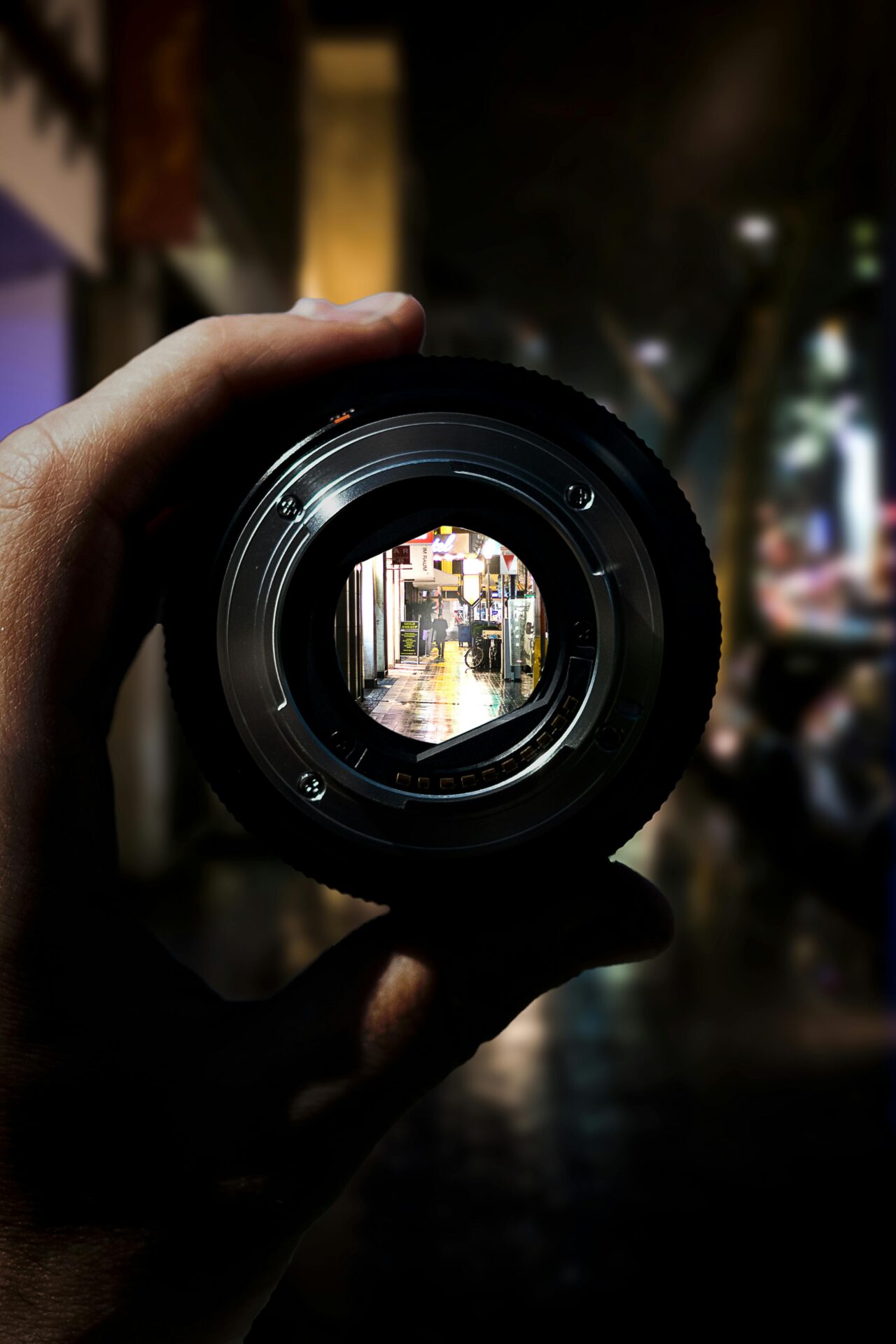Aperture is one of the fundamental elements in photography, yet many beginners find it confusing. Learning about aperture and how to control it will not only improve your understanding of how cameras work but also help you take better, more creative photos. In this guide, we’ll break down everything you need to know about aperture, how it affects your photos, and practical tips on using it to your advantage.
What is Aperture?
In simple terms, aperture refers to the opening in a camera lens that controls the amount of light entering the camera. It functions similarly to the pupil of an eye — when the aperture opens wider, more light passes through; when it narrows, less light is allowed in. Aperture is measured in f-stops, such as f/2.8, f/4, f/11, and f/16.
The f-stop number may seem backward to beginners. A lower f-stop number (e.g., f/1.8) means a wider aperture, which lets in more light. Conversely, a higher f-stop number (e.g., f/16) results in a smaller aperture, allowing less light to reach the camera sensor.
How Aperture Affects Exposure
Aperture plays a critical role in determining the exposure of your photograph, which is the brightness or darkness of the image. In bright conditions, you can use a smaller aperture (higher f-stop) to limit the light entering the camera, avoiding overexposed photos. In low-light conditions, a wider aperture (lower f-stop) lets more light in, preventing underexposure.
However, aperture doesn’t work alone to control exposure — it works in conjunction with shutter speed and ISO in what is known as the Exposure Triangle. Changing the aperture also affects the depth of field, another critical aspect of photography that we’ll discuss next.
Aperture and Depth of Field
Depth of field refers to how much of the image is in sharp focus. A wide aperture (low f-stop number) results in a shallow depth of field, meaning only a small portion of the image will be in focus, while the background will appear blurry. This technique is often used in portrait photography to draw attention to the subject while softening distracting backgrounds.
On the other hand, a narrow aperture (high f-stop number) gives you a deep depth of field, keeping more of the scene in focus. This is useful for landscape photography, where you want both the foreground and background to be sharp and clear.
Example of Shallow Depth of Field:
- Portrait at f/1.8: The subject is in sharp focus, while the background is blurred, creating a pleasing effect that emphasizes the person.
Example of Deep Depth of Field:
- Landscape at f/16: Both the trees in the foreground and mountains in the background are in focus, capturing the full detail of the scene.
How Aperture Affects Image Quality
Aperture also impacts the sharpness and quality of your image. Most lenses perform best in the middle range of apertures, such as f/5.6 to f/8. At extremely wide apertures (e.g., f/1.4), you might notice slight softness around the edges of your image, while at very narrow apertures (e.g., f/22), the image may suffer from diffraction, resulting in a loss of sharpness.
Using Aperture in Different Photography Scenarios
1. Portrait Photography
In portrait photography, a wide aperture like f/1.8 or f/2.8 is commonly used to achieve a shallow depth of field. This isolates the subject by blurring the background, giving a professional, artistic look to the image.
2. Landscape Photography
For landscape photography, a narrow aperture such as f/11 or f/16 is ideal. This ensures that both the foreground and background are in sharp focus, capturing the full depth of the scene.
3. Low-Light Photography
In low-light conditions, a wide aperture (e.g., f/1.4 or f/2.0) allows more light to enter the camera, helping to avoid underexposure without needing to increase the ISO, which could introduce noise into the image.
4. Macro Photography
For macro photography, controlling aperture is crucial to managing the depth of field. A slightly narrow aperture like f/8 can help bring more of the close-up subject into focus while still maintaining background separation.
Aperture and Bokeh
One of the artistic effects associated with aperture is bokeh — the aesthetic quality of the out-of-focus areas in an image. A wide aperture creates beautiful, smooth, blurred backgrounds, with points of light often appearing as soft, circular spots. Photographers use bokeh to enhance the visual appeal of portraits and close-up shots by adding texture and atmosphere to the background.
Aperture Priority Mode
Most cameras offer a shooting mode called Aperture Priority (A or Av). In this mode, you manually select the aperture, while the camera automatically adjusts the shutter speed for a balanced exposure. Aperture Priority is an excellent mode for beginners who want to start taking creative control of their images without worrying about setting both aperture and shutter speed manually.
Practical Tips for Using Aperture
- Use wide apertures (low f-stop) for shallow depth of field when shooting portraits, close-ups, or in low-light conditions.
- Use narrow apertures (high f-stop) for landscapes or when you want the entire scene in focus.
- Experiment with Aperture Priority mode to get comfortable with adjusting aperture settings while allowing the camera to balance exposure.
- Check the lens sweet spot: Every lens has an aperture range where it performs best in terms of sharpness. Experiment with your lens to find this sweet spot, often around f/5.6 or f/8.
- Practice: Experimenting with different apertures in various conditions is the best way to master this concept.
Understanding aperture is essential for taking control of your photography. Whether you’re looking to achieve a beautifully blurred background for portraits, capture the fine details of a landscape, or shoot in low light, aperture is a powerful tool in your photography arsenal. As you practice adjusting aperture settings and experimenting with different f-stop values, you’ll gain more creative control over your photos and start producing stunning results.
